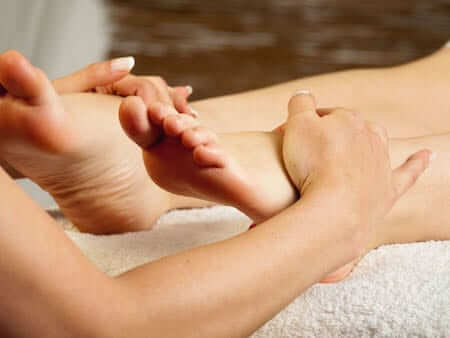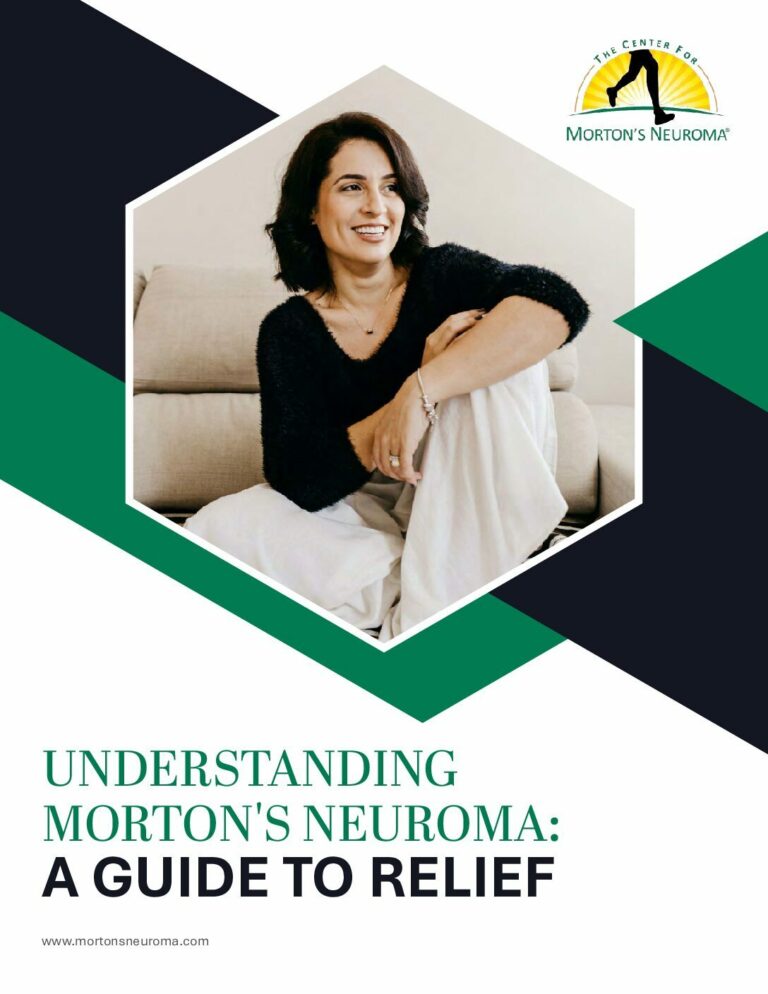
Massaging is a great way to reduce pain in the early stages of Morton’s Neuroma.
To understand how massage might benefit someone with Morton’s neuroma, it’s essential to grasp the anatomy of the condition. Morton’s neuroma is not actually a tumor, as the term “neuroma” might suggest. Instead, it’s a benign growth of nerve tissue that can become inflamed and irritated. The thickening and inflammation can result from pressure, injury, or irritation. Footwear that squeezes the toes together or activities that exert pressure on the ball of the foot, like running, can contribute to the development or exacerbation of the neuroma.
Massage therapy involves manual manipulation of soft body tissues to promote health and well-being. There are multiple types of massage, from Swedish and deep tissue to reflexology. Each has its techniques, but the central principle remains: physical manipulation can alleviate tension, improve blood flow, and promote healing.
Massaging for Morton’s neuroma
The Massaging techniques that are recommended for Morton’s neuroma include the ones that foster mobilization of the metatarsal heads. These massaging techniques involve applying mild pressure on the metatarsal heads which can reduce nerve compression and make Morton’s Neuroma bearable. This technique works best when combined with daily use of toe spacers or an orthotic with metatarsal pad to decrease the pain caused in early-stage Morton’s neuroma.
Considerations for Morton’s Neuroma Patients
While massage offers potential benefits, there are essential considerations to bear in mind:
Conclusion
Massage, when done correctly, has the potential to provide relief from the symptoms of Morton’s neuroma. By improving blood flow, reducing muscle tension, and promoting relaxation, massage can be a valuable tool in a comprehensive approach to managing this foot condition. However, it is paramount for patients to consult with a medical professional before integrating massage therapy into their treatment regimen, ensuring it’s the right approach for their specific situation. As with any medical condition, a tailored and informed approach will yield the best results.
If massaging is not sufficient to reduce the pain, you should consider other conservative treatment options or procedures to treat resistant Morton’s neuroma pain.

By providing us with your information you are consenting to the collection and use of your information in accordance with our Terms of Service and Privacy Policy.


By providing us with your information you are consenting to the collection and use of your information in accordance with our Terms of Service and Privacy Policy.